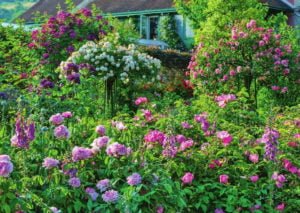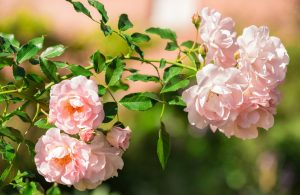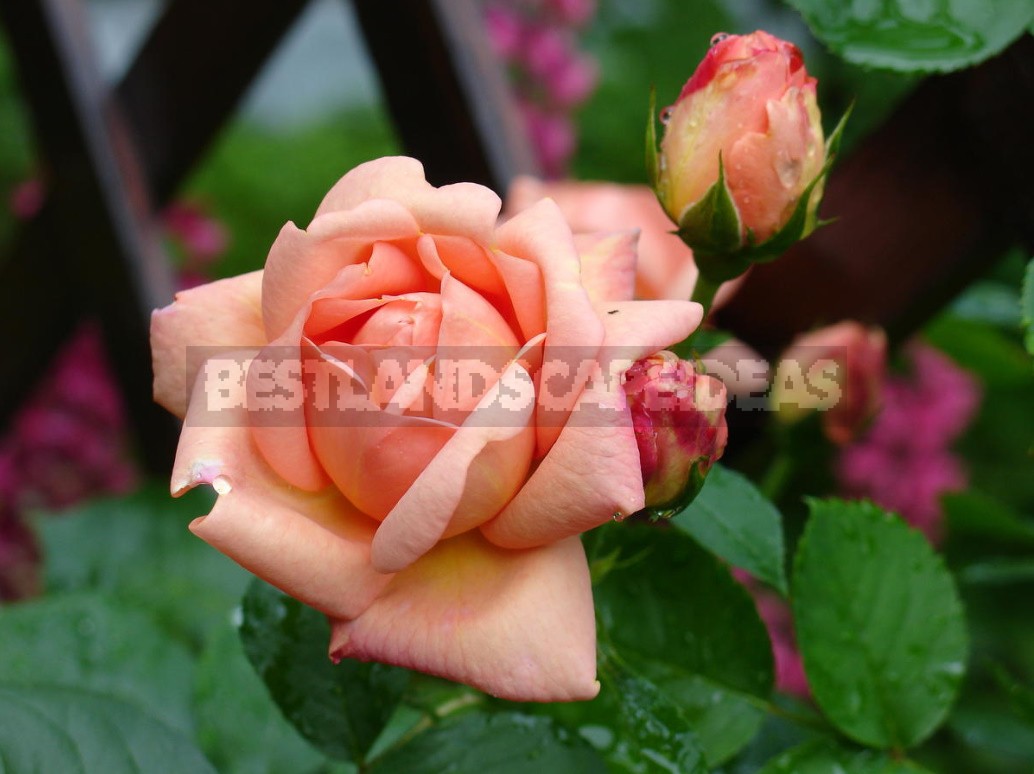
Mineral fertilizers for roses
In recent years, there is a wide variety of complex mineral fertilizers on sale, including specialized ones for roses, so the main task is not to make a mistake in choosing. Scientists-growers still recommend that we make our own mineral feedings based on simple fertilizers (ammonium nitrate, superphosphate, potassium salt). These tips are not relevant today, and recommendations based on a balanced ratio of basic food elements would be useful.
Information on the optimal formula of fertilizer for roses met in the German literature: NPK (nitrogen-phosphorus-potassium) 9-6-12, where the numbers indicate the percentage of the main elements. The minimum value of phosphorus is not only need plants, but also the fact that he, unlike nitrogen and potassium, more firmly hold the soil, cases of deficiency are extremely rare, in practice, most possible oversupply, especially when the annual mulching of planting roses with manure. High phosphate content reduces the availability of iron, manganese, and zinc to plants.
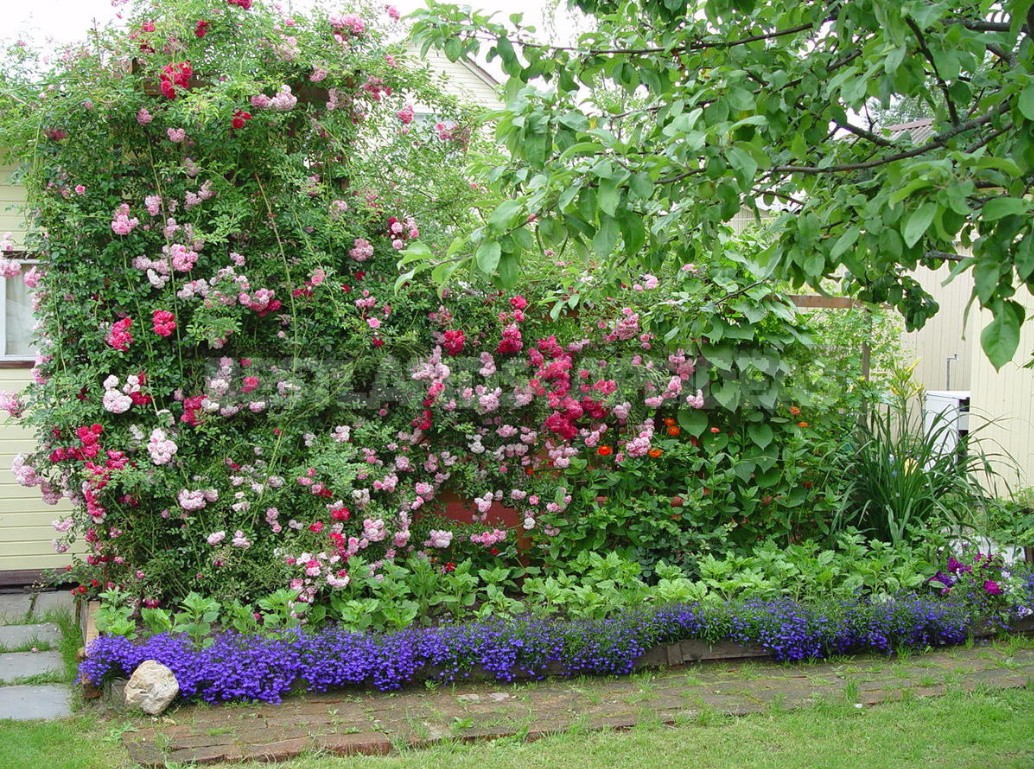
The Finnish-made Kemira Universal fertilizer has the formula NPK 10-10-20. it also contains calcium, magnesium, sulfur, and all trace elements, all of which are contained in a single pellet. The volume weight of a tablespoon of fertilizer is 25-30 grams.

I also used a special “long-acting” fertilizer for roses of German production “Spezial Rosendunger” with the formula NPK 10-10-18 (+2+3), which in addition to the main elements contains magnesium and sulfur, as indicated in the formula. Since there are no trace elements in it, you have to use a liquid fertilizer of the same series with the formula NPK 7-6-7 and a full set of trace elements. If you follow the instructions, then fertilizing should be carried out often, and they will cost very expensive.
I am often asked for an opinion on the advertised fertilizer for roses of long-term (seasonal) action “POKON” of Dutch production. The principle of its operation is based on the fact that the membrane in which the granule of a complex fertilizer is enclosed passes the nutrient solution into the ground only in warm and humid weather. In dry and cold weather, the fertilizer “does not work”. In order for it to act in accordance with the phases of plant development, the weather needs to be managed. I think that a possible area of its use is container culture of roses, while it should be remembered that this fertilizer does not contain trace elements. On my collection, where there are many rare varieties, I will not risk using it.
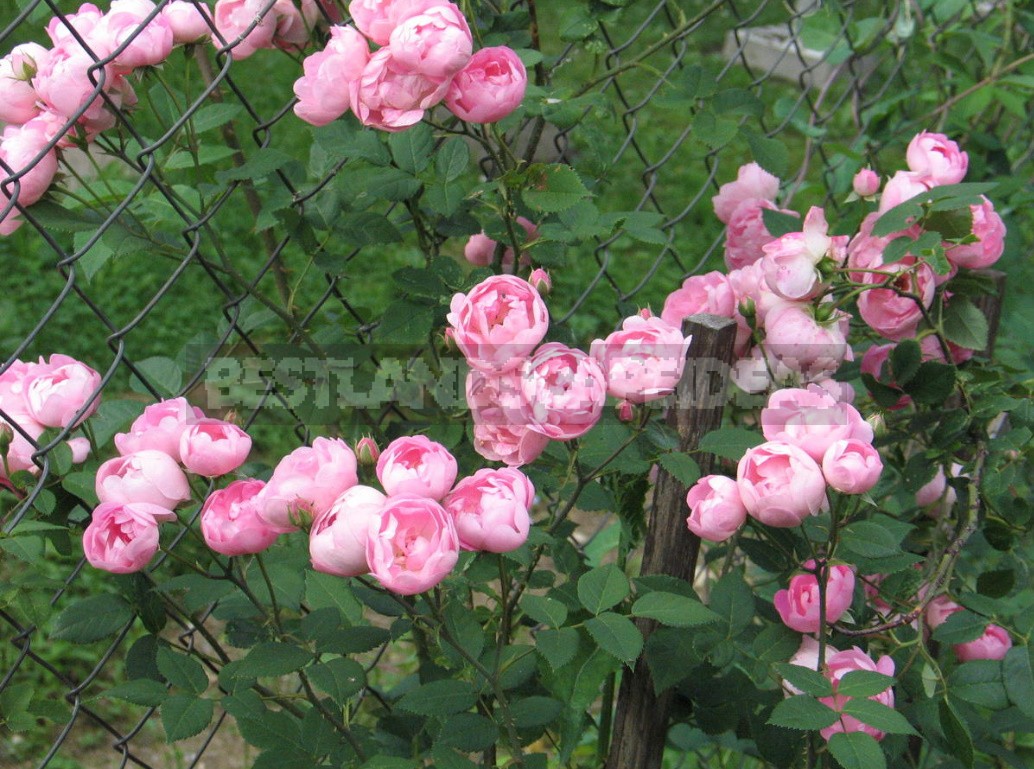
When choosing the optimal “own” fertilizer, I proceeded from the results of observations of the growth, development and flowering of roses, their health, readiness for winter and the results of overwintering. With a large number of roses, the price also plays a significant role. In the modern assortment offered by the stores, everyone can find something that suits them, and I hope that my advice will be useful in this case.
Foliar
During foliar feeding, nutrients enter the cell juice through the leaves and can quickly compensate for the deficiency of individual nutrients. Periodic leaf feedings (if they are carried out in a timely manner) enhance growth, increase the number and quality of flowers, give brightness to the color and improve the overall condition of plants. Experienced gardeners widely use them, but they believe that they will help healthy plants, and sick and weak-usually not. On heavy and cold soils, where the roots can not provide full absorption of nutrients, leaf feeding is simply necessary.
Nitrogen feeding
As a nitrogen feed, it is better to use an infusion of chicken droppings. You need to be careful when preparing the solution, because chicken manure is a very concentrated fertilizer. For nitrogen feedings on a mineral basis, a solution of urea is used at the rate of 20 grams per 10 liters of water.
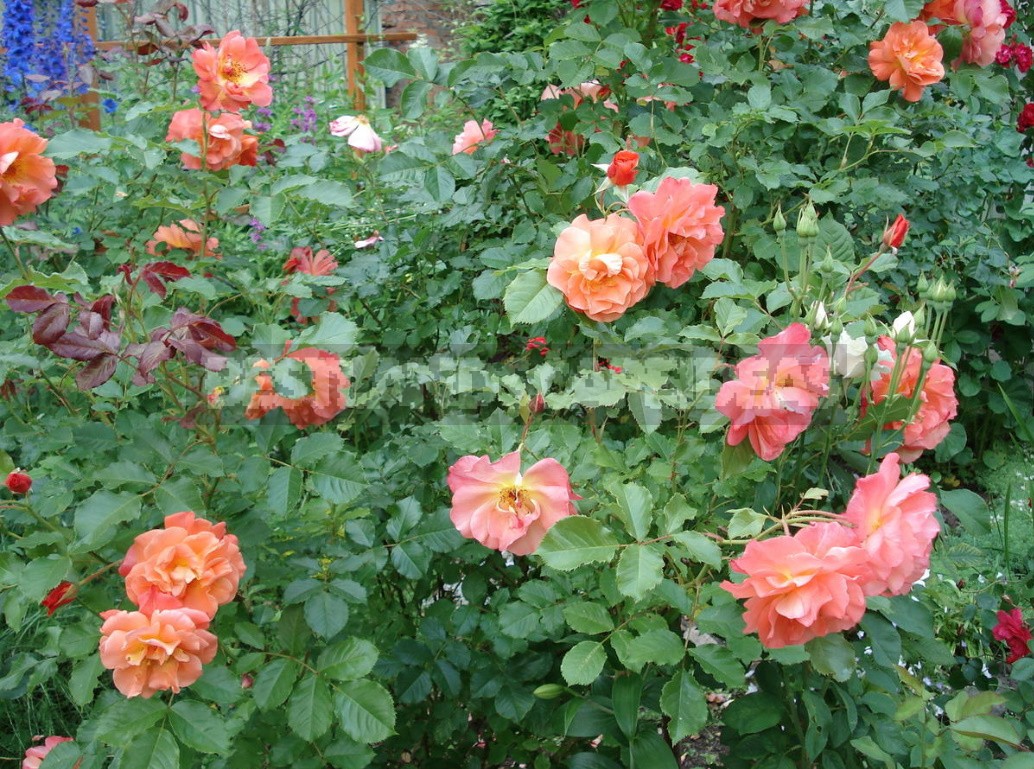
The phosphorus fertilizing
Prepare an aqueous extract of superphosphate. For this purpose, 100 grams of superphosphate is filled with 2-3 liters of hot water and infused for 10-12 hours. Clear sludge is drained and diluted with water to a volume of 10 l, the sediment is not used.
Potash feeding
In 10 liters of water, 50 grams of potassium sulfate are dissolved. As a potash dressing, you can use an infusion of wood ash. At the same time, the plant will receive the necessary trace elements.

Please note!
- All fertilizers should be applied in strictly defined doses and at the exact time. Doses depend on the needs of the plant, and the timing is determined by the phases of its growth and development.
- Mineral fertilizing is carried out only after abundant watering. If the instructions for use recommend dry top dressing, then the fertilizer should not be dissolved.
- In the first year after spring planting, plants do not need mineral fertilizing if they are planted in well-prepared soils. When autumn planting in the spring, you can carry out feeding with a half dose.
- Improper feeding can lead to plant diseases.
- You can not overfeed plants not only with mineral, but even organic fertilizers.
- In cold soil, fertilizers are not applied. Spring feeding (especially liquid) is carried out when the soil warms up, and the night air temperature rises to +10 degrees.
- Only an experienced grower can accurately determine the deficit of individual elements by their appearance, so you should not immediately take drastic measures.
- Fertilizers containing nitrogen are not used in the second half of summer.

Timing of fertilization
The need of plants for food elements depends on the phase of their development, and different fertilizers should be used at different times of the year.
- Spring
After pruning, with the beginning of swelling of the kidneys, add rotted manure (or bird droppings) and a complex mineral fertilizer. In the initial stage of growth, shoots are given liquid top dressing with mullein infusion, and during budding-with an infusion of bird droppings.
- Summer
After the first flowering (but not later than the end of July), make garden compost and complex mineral fertilizer.
- End of August-beginning of September
After the second flowering, give dry feeding with ash. Superphosphate (30-40 grams per square meter) and potassium salt (15-20 grams per square meter) are added from mineral fertilizers?).
